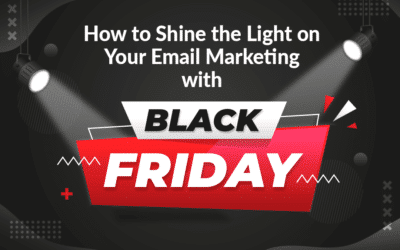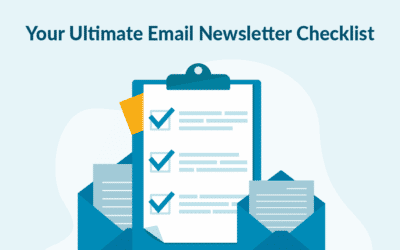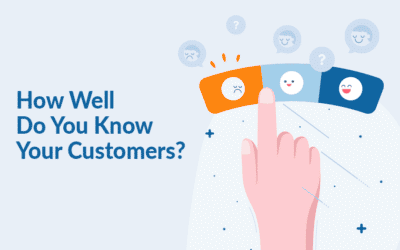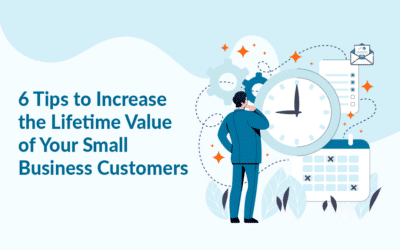The biggest fear you face as a marketer is having your newsletter end up in spam. The hard work you put in to create a good email list can all go down the drain if not done correctly. Here are some ideas on how to avoid this dilemma so your newsletters end up in your recipient’s inbox.
1. Inactive Recipients
An inactive recipient is someone who does not open your emails. If a recipient does not open your emails for a select number of times, then some email providers will start directing your emails directly to spam. So, to avoid this, ensure that these email addresses are identified and deleted. Remember, quality over quantity. Not only will this avoid your email ending up as spam, but it will also benefit your open rate.
2. Order of Content
Some email providers will not automatically load your images. So, image only content can be a recipe for disaster. The best content should be in order of text followed by supporting images. Ensure you have a good amount of text in comparison to images and links.
3. Bad Email Templates
Email service providers have the capabilities to create filters to distinguish whether a template has been marked as spam previously. If so, your email is destined for the spam folder. You can avoid this by creating engaging email templates.
4. Sender’s Name
If people receive an email from an unknown sender then it is likely that the recipient will mark the email as spam. Although a personalized email is encouraged, sometimes it proves to be more beneficial to include a company name alongside the sender’s name.
5. Mail Merge
Mail merge is a great feature to use when personalizing email newsletters. In addition, spam filters can recognize if you know the recipient therefore can avoid marking your email as spam.
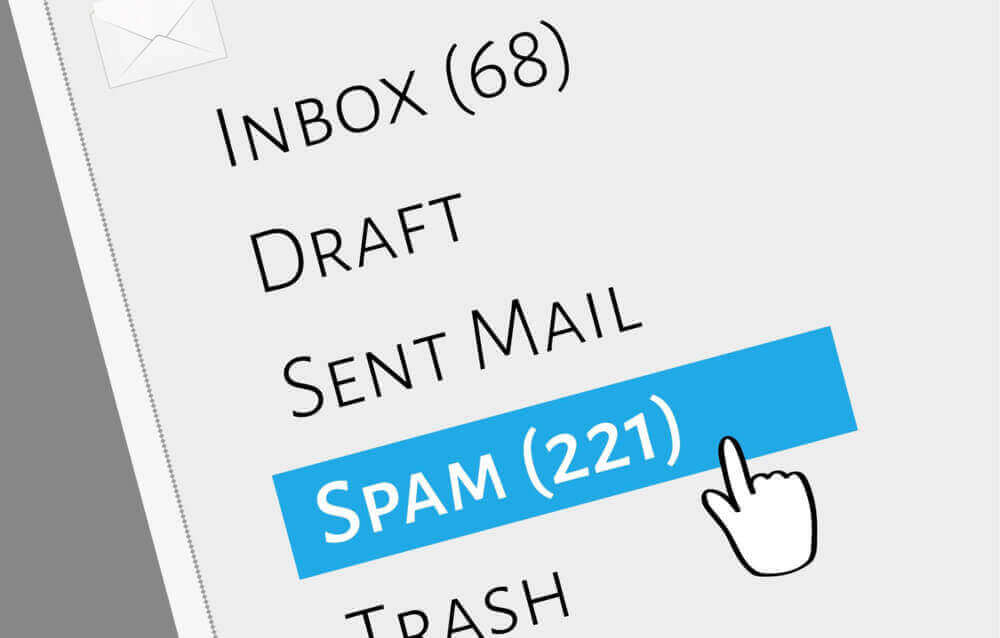
6. Frequency of Broadcasts
If you have not used your mailing lists in a long time, do not send out a group of emails too frequently as you may end up in spam. Try sending once and then review who opened and who did not open your newsletter.
7. Use of Words
There are many words and phrases that email providers will mark as spam. Some of these words to avoid are free, win, cash, buy, act, offer, deal or cheap. Phrases to avoid include act now, buy now, last chance, hurry up or free offer. If you provide the right content in your newsletter, where the recipient sees the value, then the usage of words and phrases as mentioned will not be required.
8. Seeking Engagement
By knowing your audience, you will be able to create the right content. Try telling a story where the recipient will see the value in your newsletter. Thus, providing them with purpose to engage. Having recipients engage in your newsletter will provide validity.
9. A/B Testing
Also known as split testing, where you split your mailing list into two or more. This feature will enable you to set up variants of the same newsletter content, so you can determine which of the campaigns have a better response rate.
10. Use of DMARC, SPF and DKIM
Applying the use of DMARC, SPD and DKIM is strongly recommended as it creates security measures to avoid not only spam but spoofing as well. These tools will help verify your details as the sender but also the domain to which your email is linked to. Read more about the setup of these email security protocols.
11. Spam Test Your Emails
By conducting a spam test, you will gain an insight as to how a spam filter will view your email content. Every email provider has a different set of filters to determine the legitimacy of your email. Even if your email meets the criteria, there is still a chance that you may end up in spam if you have poor reputation as a sender.
As productive as email newsletters can be, it is extremely important that you get it right from the beginning. Failure to do so will do you harm if you end up in the spam folder. This can also take some time to recover from, which means you become less productive. So, time is of essence, be cautious and follow these simple procedures before it is too late. Avoid spam at all costs.
This blog post has also appeared in a MarketingPlatform Newsletter.
Author: Alex Trajcevski
Try MarketingPlatform for free for 14 days
The trial period is free, completely non-binding and expires after 14 days if you do not wish to continue.
When you sign up, you will also receive our educational flow via a series of emails along with our newsletter with regular updates.


